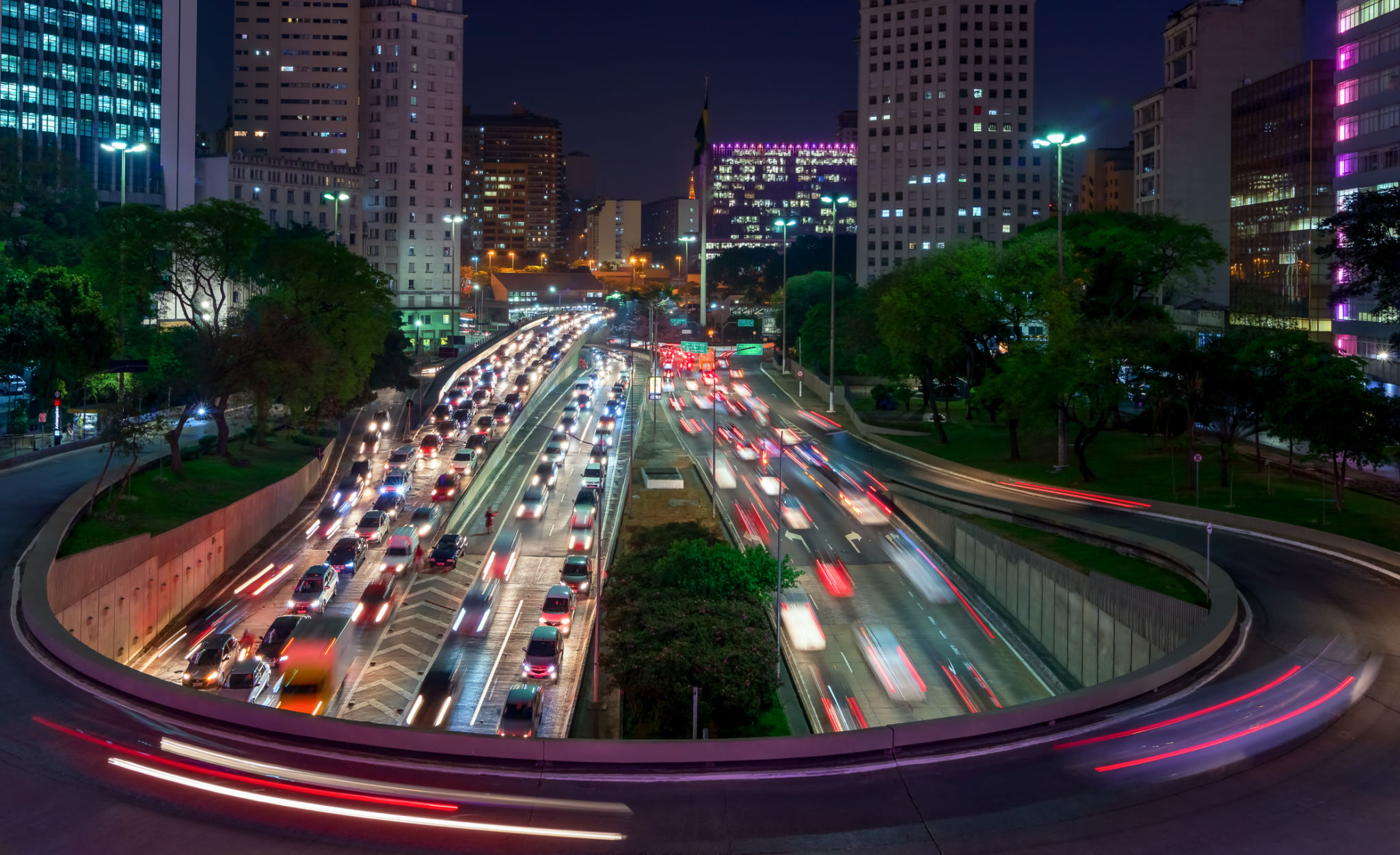The Role of IoT in Enhancing Traffic Control Systems
Introduction to IoT in Traffic Control
The Internet of Things (IoT) is revolutionizing numerous industries, including transportation. By integrating IoT technologies into traffic control systems, cities around the world are significantly enhancing their ability to manage traffic flow, reduce congestion, and improve overall safety. This transformation not only benefits commuters but also contributes to environmental sustainability by optimizing fuel consumption and reducing emissions.
Implementing IoT in traffic systems involves the use of interconnected devices, sensors, and software to gather and analyze real-time data. This data-driven approach enables more informed decision-making and allows for adaptive responses to traffic conditions as they occur.

How IoT Devices Improve Traffic Management
IoT devices play a crucial role in modern traffic management systems. These devices include sensors embedded in roads, traffic lights, and vehicles themselves. By collecting data on vehicle speed, volume, and flow, these sensors provide valuable insights into current traffic conditions.
Smart traffic lights are a prime example of IoT application. These lights use real-time data to adjust signal patterns dynamically, optimizing traffic flow and minimizing delays. With intelligent coordination, they can reduce stop-and-go traffic, which in turn decreases fuel consumption and emissions.

Benefits of Real-Time Data Analysis
The ability to analyze data in real-time is one of the most significant advantages of IoT in traffic control systems. Real-time data allows for immediate adjustments, such as rerouting traffic during peak hours or in response to accidents. This instant adaptability helps prevent bottlenecks and keeps traffic moving smoothly.
Moreover, predictive analytics tools can forecast traffic patterns based on historical data and current conditions. By anticipating congestion, authorities can implement preemptive measures, ensuring a more efficient traffic flow throughout the day.
Enhancing Safety with IoT
In addition to improving traffic flow, IoT technologies contribute significantly to road safety. For example, IoT-enabled warning systems can alert drivers about upcoming hazards, such as sharp turns or sudden braking by vehicles ahead. These systems use vehicle-to-vehicle (V2V) communication to share information seamlessly among connected cars.
Furthermore, IoT can enhance emergency response times by providing real-time data on traffic conditions, allowing emergency vehicles to navigate efficiently through congested areas. This capability is crucial in urban environments where every second counts during an emergency.

Environmental Impact and Sustainability
The integration of IoT in traffic control systems also supports environmental sustainability. By optimizing traffic flow and reducing idling times at intersections, IoT technologies help lower the overall carbon footprint of urban transportation networks. Smart traffic systems contribute to cleaner air quality by diminishing the amount of exhaust fumes released into the atmosphere.
In addition, IoT facilitates the management of electric vehicle (EV) charging stations by monitoring energy usage and grid demand. This ensures that EVs can be charged efficiently without overloading the electrical infrastructure.
Challenges and Future Prospects
Despite its many benefits, the implementation of IoT in traffic systems does come with challenges. Data privacy and security concerns must be addressed to protect sensitive information collected by IoT devices. Additionally, substantial investment is required for infrastructure upgrades and ongoing maintenance.
Looking ahead, the future of IoT in traffic management is promising. As technology continues to evolve, we can expect even more sophisticated systems capable of further reducing congestion and improving safety. Collaboration between governments, private sectors, and technology providers will be key in realizing this potential.

In conclusion, the role of IoT in enhancing traffic control systems is profound. By leveraging real-time data and advanced analytics, cities can create smarter, safer, and more sustainable transportation networks that benefit everyone—from daily commuters to the global environment.
